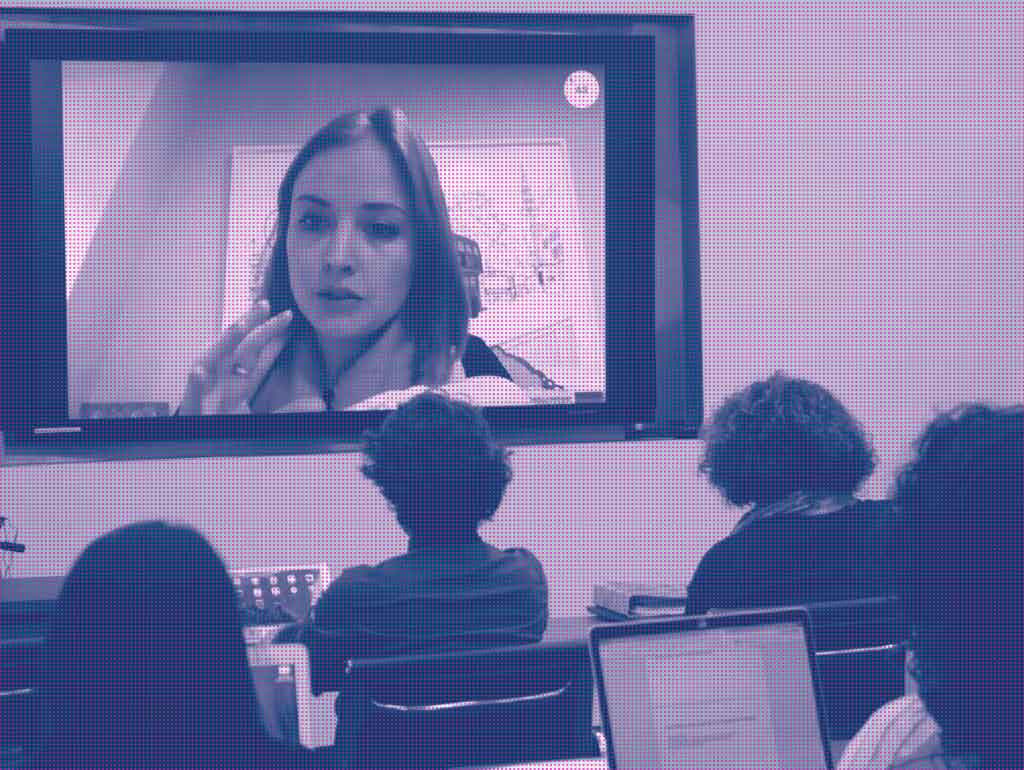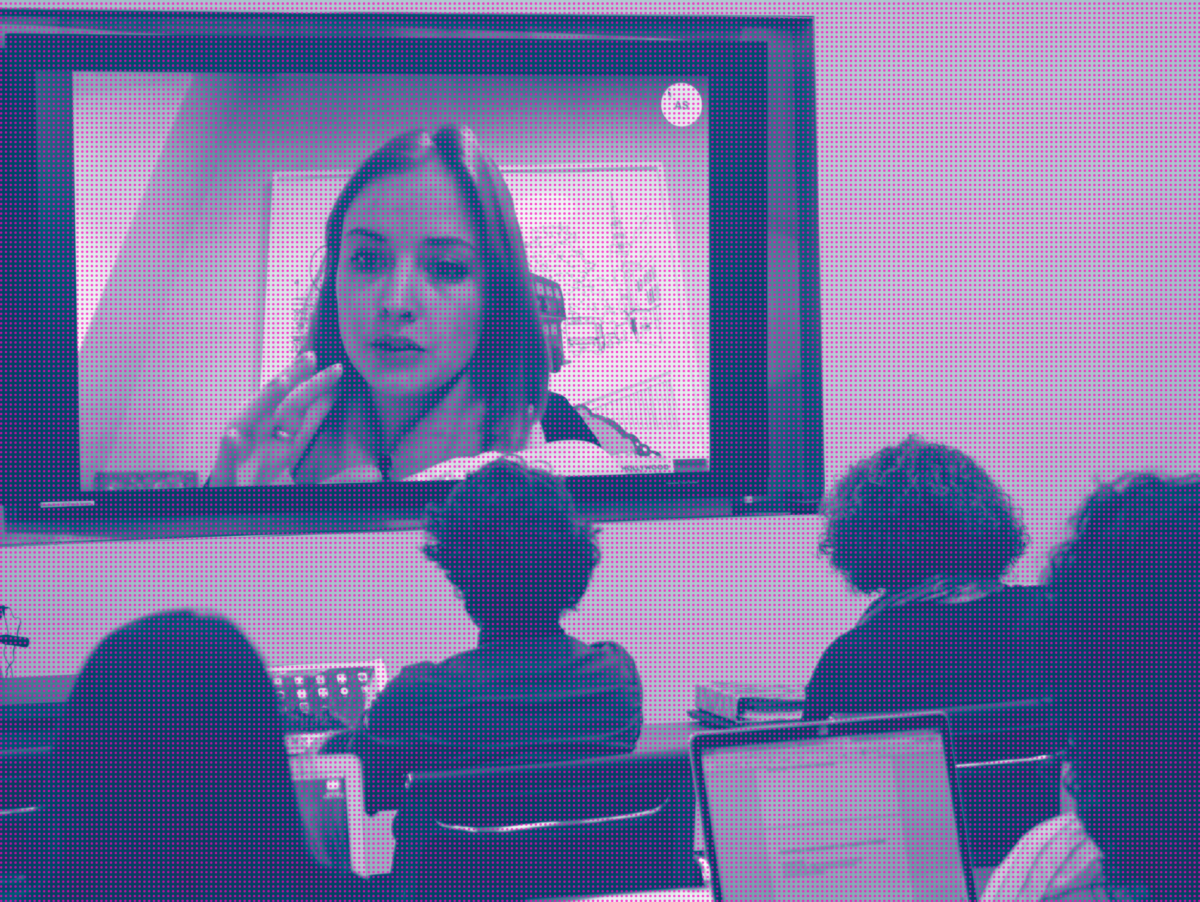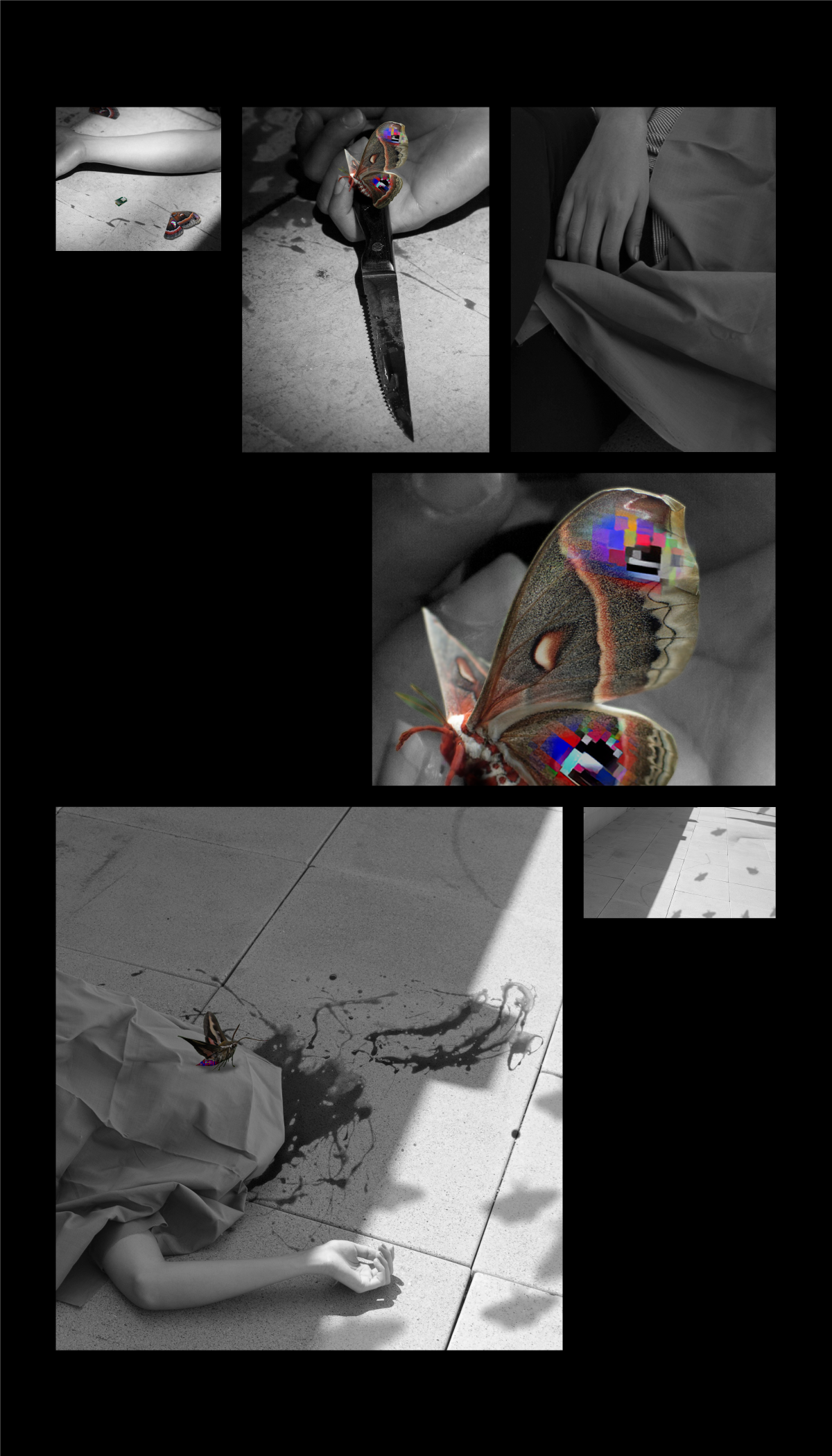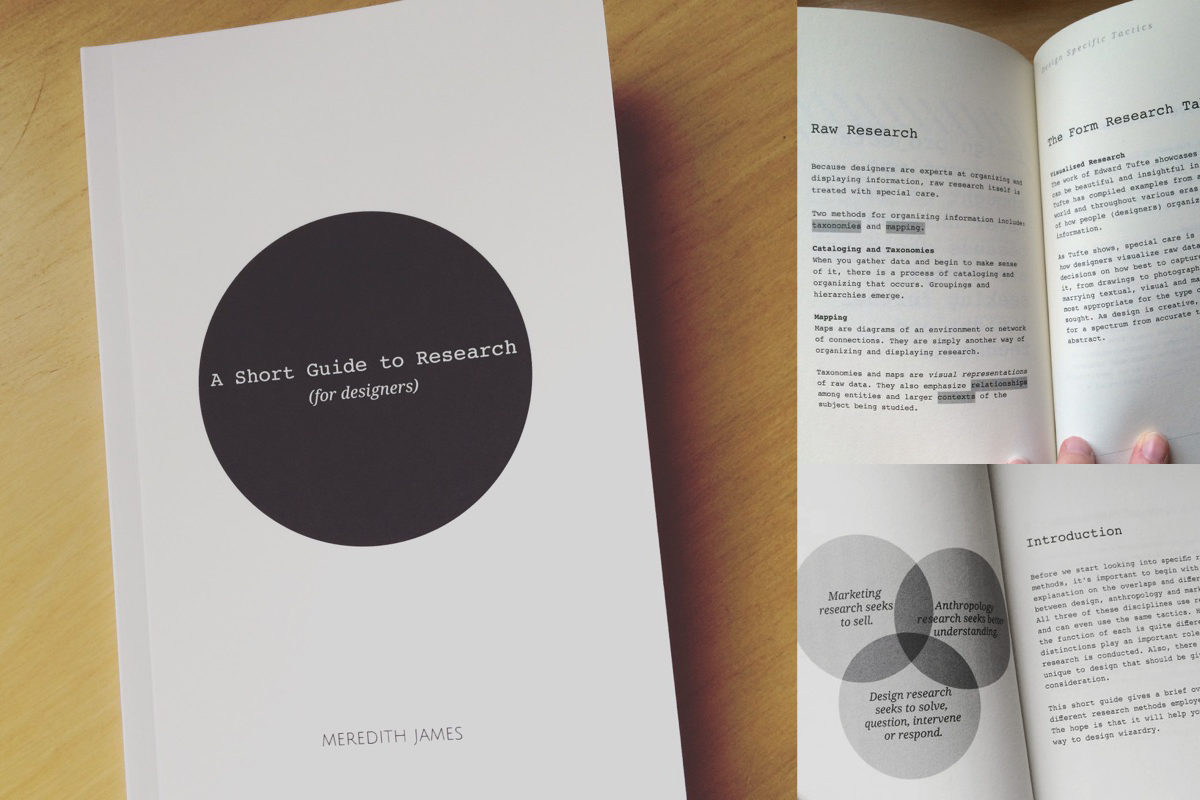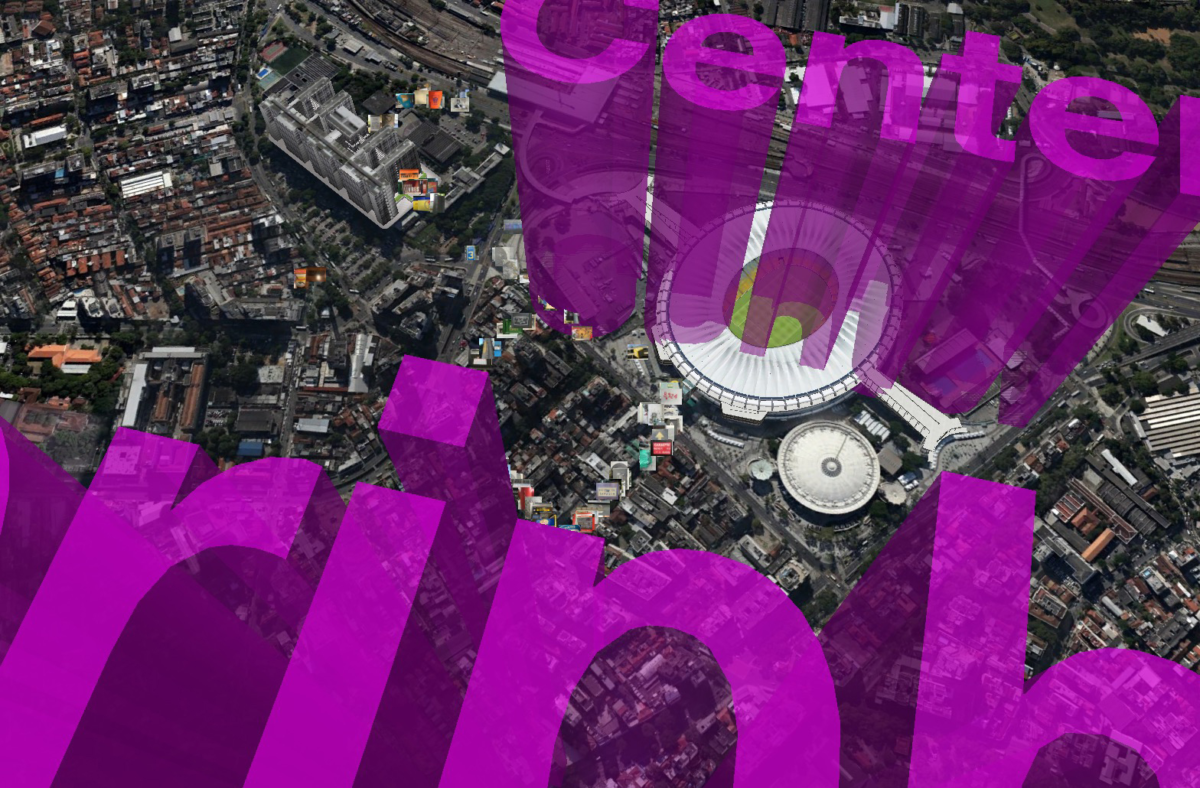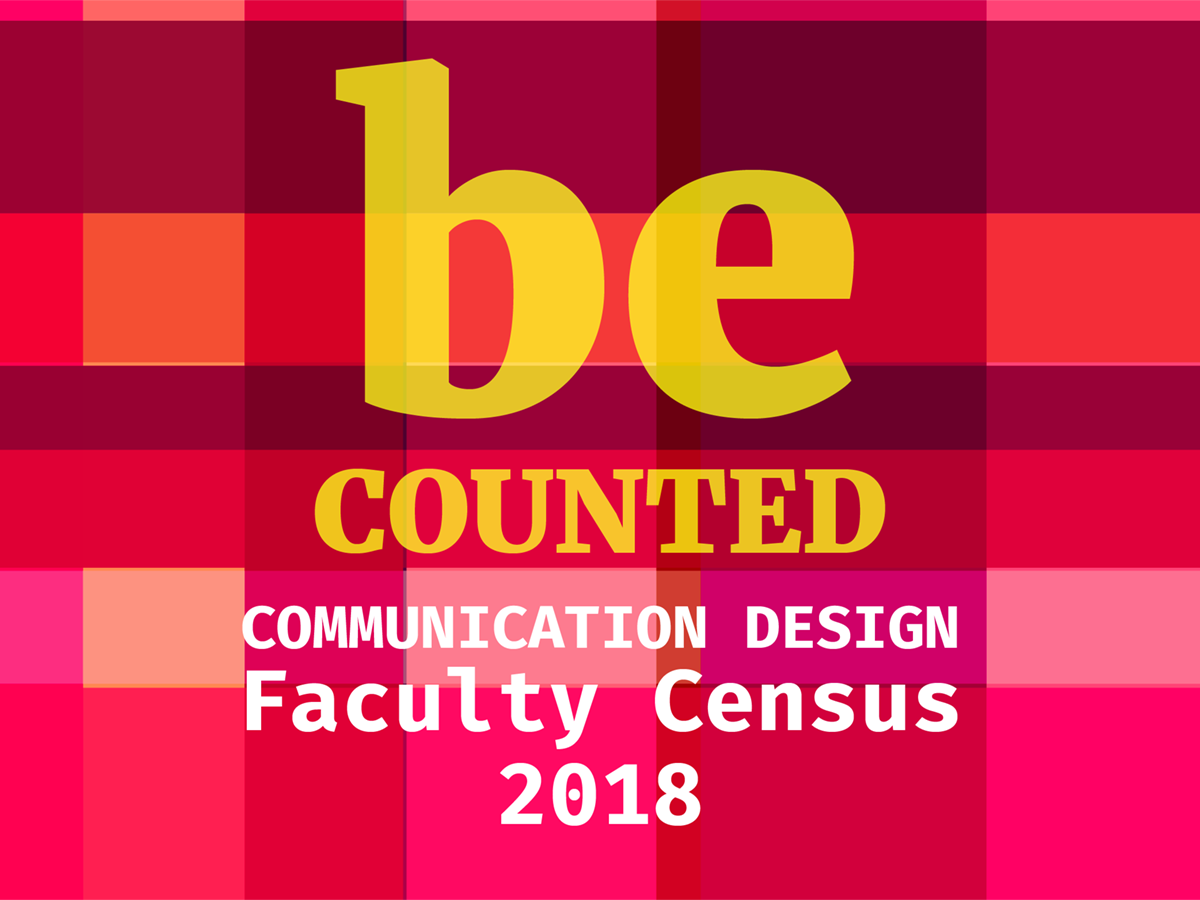Call for Entries: Deadline, May 31, 2018
CATEGORY: SCHOLARSHIP CREATIVE WORK
Works in Process
Scholarship: Creative Work Award Winner
George Garrastegui
Assistant Professor
Communication Design
New York City College of Technology, CUNY
What Does Democratic Design Look Like? Establishing the Center for Design in the Public Interest at the University of California, Davis
Scholarship: Creative Work Award Runner Up
Susan Verba
Professor
University of California, Davis
CATEGORY: SCHOLARSHIP PUBLISHED RESEARCH
Unawarded
CATEGORY: TEACHING
Lowering Barriers to Access at the North Carolina Museum of Natural Sciences
Teaching Award Winner
Helen Armstrong
Associate Professor
North Carolina State University
CATEGORY: SERVICE
LEAP Dialogues: The Educators Guide
Service Award Winner
Mariana Amatullo
Associate Professor
Parsons School of Design, The New School
Andrew Shea
Assistant Professor
Parsons School of Design, The New School
Jennifer May
Director, Designmatters
ArtCenter College of Design
Recognition of excellence through peer review in scholarship, teaching, and service is fundamental to the professional development of communication design academics. To support this need, Design Incubation established the Communication Design Educators Awards in 2016.
An independent jury of esteemed design educators is invited by the Awards Jury Chair. This year’s jury chair, Maria Rogal, invited these internationally recognized jurors: Jorge Meza Aguilar, Ruki Ravikumar, Wendy Siuyi Wong, and Steven McCarthy. Rogal writes, “this jury reflects the diverse perspectives and experiences that exist in communication design today.”
The awards acknowledge faculty accomplishments in the areas of published research, creative work, teaching, and service. The award processes and procedures are rigorous, transparent, and objective. They reflect Design Incubation’s mission to foster professional development and discourse within the design community.
This year, award entries are open February 1, 2018 – May 31, 2018 via the online application. An overview of the awards program is on our website.
 We are excited to announce Bloomsbury Publishing is sponsoring this year’s awards.
We are excited to announce Bloomsbury Publishing is sponsoring this year’s awards.
The 2018 Jury
Steven McCarthy is Professor of Graphic Design at the University of Minnesota in Minneapolis/St. Paul. He conceived of the Design Incubation Communication Design Educators Awards and chaired the jury in both 2016 and 2017. McCarthy’s teaching, scholarship, and contributions to the discipline include lectures, exhibitions, publications, and grant-funded research on a global scale. His creative work was featured in 125+ exhibitions and he is the author of The Designer As… Author, Producer, Activist, Entrepreneur, Curator and Collaborator: New Models for Communicating (BIS, Amsterdam). From 2014–2017, McCarthy served on the board of directors of the Minnesota Center for Book Arts.
Jorge Meza Aguilar is Professor of Strategic Design and Provost for Outreach and Collaboration at the Universidad Iberoamericana in Mexico City, where he founded the Bachelor in Interactive Design and the Master in Strategic Design and Innovation programs. He is widely recognized as an expert in strategic design and is the founding Director of Estrategas Digitales which focuses on research, strategic design, branding, trend forecasting, branding, Internet, and digital media. Meza is also a consultant and entreprenuer and holds degrees in art, graphic design, and systems engineering. Previously, he studied in and worked as a designer in Poland at Advertising Agency Schulz.
Ruki Ravikumar is Director of Education at the Cooper Hewitt, Smithsonian Design Museum in New York, a position she has held since April 2017. She joined the museum following thirteen years of service at the University of Central Oklahoma, where she held successive positions as professor of graphic design; director of graduate programs; chair of the Department of Design; assistant dean; and most recently, as associate dean of the College of Fine Arts & Design. In addition to her practice as an educator and published researcher in the areas of intersections between graphic design and culture and their impact on design education, she is also an award winning graphic designer. Further, she has served in leadership roles at the local and national levels of AIGA, the professional association for design.
Maria Rogal, Jury Chair, is Professor of Graphic Design, School of Art + Art History at the University of Florida and was Interim Director from 2015–2017. She is the founder of Design for Development (D4D), an award-winning initiative to co-design with indigenous entrepreneurs and subject matter experts to generate sustainable and responsible local outcomes. She has lectured and published about D4D, recently co-authoring “CoDesigning for Development,” which appears in The Routledge Handbook of Sustainable Design. Her research has been funded by AIGA, Sappi, and Fulbright programs, among others, and her creative design work has been featured in national and international juried exhibitions.
Wendy Siuyi Wong is Professor and Graduate Program Director in the Department of Design at the York University, Toronto, Canada. She has established an international reputation as an expert in Chinese graphic design history and Chinese comic art history. She is the author of Hong Kong Comics: A History of Manhua, published by Princeton Architectural Press (2002). She is a contributor to the Phaidon Archive of Graphic Design (2012), The Bloomsbury Encyclopedia of Design (2015), and acts as a regional editor of the Greater China region for the Encyclopedia of East Asian Design to be published by Bloomsbury Publishing. Also, Dr. Wong has served as an editorial board member of Journal of Design History.


